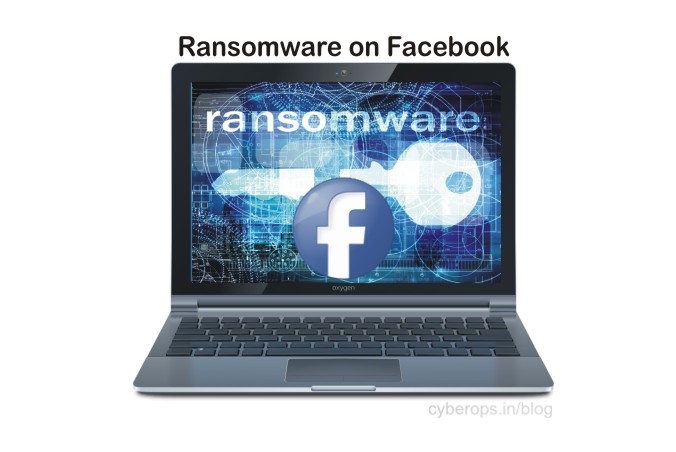India ranks 2nd in ransomware attacks: Here’s how to stay careful
By Prempal Singh
 A week ago Mumbai-based freelance designer Vaibhav Agrawal found something somewhat strange on his computer. Data, the only one in that folder, in some way had a different name. So when he tried to run it, an error message popped up. This individual uncovered that this occurred with almost all the JPEG, PDF and textual content files on his computer.
A week ago Mumbai-based freelance designer Vaibhav Agrawal found something somewhat strange on his computer. Data, the only one in that folder, in some way had a different name. So when he tried to run it, an error message popped up. This individual uncovered that this occurred with almost all the JPEG, PDF and textual content files on his computer.
“The file name experienced been modified from “name. jpg” to “name+code. matrix”. The error message read “file format is not supported’. At first, I actually tried opening it again. After several failed efforts, I tried renaming but failed, ” said the 27-year-old.
Agrawal was a victim of ransomware, a malicious system that enters the system and encrypts files until a payment is made to the attacker to decrypt.
The modus operandi is spreading rapidly around the globe even giving viruses and worms, computer programs are known widely for their dangerous capabilities, a run for their money.
In Dec recently, Carroll County Sheriff’s department paid a ransom of $around 2,400 to regain access to their system after a similar attack. Before that, an Indiana County paid $21,000 in ransom and a Pennsylvania prosecutor’s office also paid $1,400 in ransom. The ransom was asked in crypto-currency, usually bitcoins, so that hackers cannot be tracked.
According to Symantec’s Net Security Threat Report (Vol. 21), India faces an average of 15 internet attacks per hour (363 attacks per day), the second highest in Asia. Despite these numbers, Indians don’t report it to the cyber cell, so the number could be even bigger.
“I acquire complaints on daily most basic. A health care provider has lost his research data for the past five years and a photographer is not able to gain access to his years of work… They want solution nevertheless they don’t want to come out in the available. Companies and individuals are scared of losing clients or image, ” says Rakshit Tandon, the consultant at the Internet and Mobile Association Association of India (IAMAI) and a cyber security expert.
According to Tandon, our systems are incredibly susceptible to ransomware attacks. “They send emails from similar looking kids, it can be order information on products you haven’t bought. Whenever you download the sales receipt to check, the malware enters the system. Video game addicts frequently get links for latest update or the extra life and after clicking on it, their system gets infected, inch he adds.
Several law enforcement officials and IT security companies including Europol, Kaspersky laboratory, Intel security among other have come together to fight ransomware. They have started an open-project entitled ‘No More Ransom’ looking to educate users about ransomware and countermeasures. This also provides decryption tool for some of the ransomware.
“While security organizations and companies are doing their bit to find the solution, it is hard due to the high number of viruses, inch adds Tandon. His declaration is also maintained the Symantec report (name and date of publications), which states that over 100 new ransomware software were uncovered in 2015. A large number of them were coded in several popular programming languages such as JavaScript, PHP, PowerShell, or Python. The variability makes it difficult to find the solution.
What else could you do?
It is recommended to consider certain precautionary steps to prevent personal as well organization’s data. Between them is taking regular backup of work. These kinds of backups can be used on a lightweight hard-drive or on a cloud or both. While taking back-up over a cloud service like Google drive, use a separate email so that it is not known and permit a two-step verification on your entire email documents. Another is to be careful while downloading an attachment and users should view the file before downloading it.
One most important thing, which many of us take gently, is to avoid by using a duplicate operating system or anti-virus. According to Tandon, both should be genuine and updated from time to time so that they can eliminate vulnerability and viruses.
If you realize that your system has been attacked, the first step should be to disconnect your internet and shut your system until an expert is consulted.
Source: www.dnaindia.com

